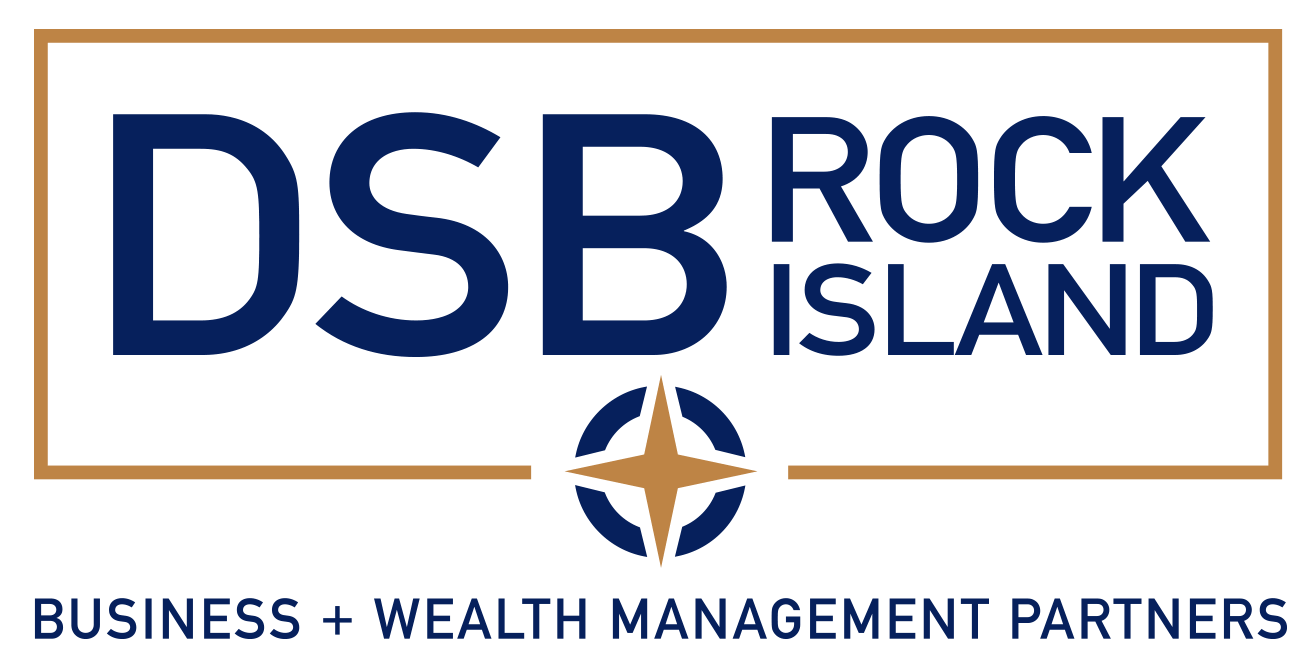Fair Value
What Is Fair Value?
Fair value, is the standard of value used in over forty Accounting Standards Codification (“ASC”) topics. Some of the more commonly encountered topics that rely upon fair value are:
- ASC 350, Intangibles – Goodwill and Other
- ASC 360, Property, Plant and Equipment
- ASC 805, Business Combinations
- ASC 815, Derivatives and Hedging
- ASC 825, Financial Instruments
Fair value is defined within ASC 820, Fair Value Measurements and Disclosures, as “the price that would be received to sell an asset or paid to transfer a liability in an orderly transaction between market participants at the measurement date.
Considerations
A reporting entity shall measure the fair value of an asset or liability using the assumptions that a market participant would use, assuming the market participant acts in their best economic self-interest. The reporting entity does not need to identify specific market participants; rather the entity only needs to identify the characteristics that distinguish market participants, considering the asset or liability and the principal market.
A market participant can be:
- A firm in the same segment of the industry.
- A firm in the same market or general industry.
- A financial buyer, such as a private equity firm.
To sell an asset, or transfer a liability, the reporting entity should consider both strategic and financial buyers. The reporting entity may also consider itself when determining market participant assumptions.
It’s assumed that the reporting entity will enter the principal market to sell an asset or transfer a liability. The principal market is the market with the greatest volume and level of activity for the asset or liability being measured at fair value. It is also the market where the entity would normally enter to sell an asset or transfer a liability. If a firm does not have access to the principal market, then fair value should be based on the most advantageous market (the market where the entity will maximize the price to sell an asset or minimize the price to transfer a liability).
Under fair value, it is assumed that market participants will maximize the utility of an asset or liability by applying it in a manner that achieves its highest and best use. The economic benefits of using an asset must be physically possible, legally permissible, and financially feasible. Highest and best use is determined from the perspective of market participants, regardless of how the reporting entity intends to use the asset or liability. However, it is presumed that the reporting entity is already using an asset or liability to its best use, unless there is clear evidence that market participants can find a better value for the asset or liability. When analyzing highest and best use it is appropriate to assume the asset or liability is used with a group of other assets and liabilities.
ASC 820 establishes a three-level hierarchy of fair value measurements to provide greater transparency and compatibility among reporting entities. These three-levels are as follows:
- Level 1 – quoted prices (unadjusted) in active markets for identical assets and liabilities. Some of the characteristics include:
- Transactions occur in active markets, meaning there is sufficient frequency and volume to provide pricing information.
- The reporting entity has the ability to access the market.
- After hours trading or news should be considered.
- Level 2 – inputs and other quoted prices in active markets for similar assets and liabilities that are observable. Some characteristics include:
- Quoted prices for similar assets or liabilities in active markets.
- Quoted prices for identical or similar assets or liabilities in markets that are not active.
- Inputs other than the quoted prices for assets and liabilities include:
- Interest rates and yields observable at commonly quoted intervals.
- Implied volatilities
- Credit spreads
- Default rates
- Level 3 – unobservable inputs reflecting the reporting entity’s own assumptions about market participant assumptions (best info available). Some characteristics are:
- Unobservable inputs may be used only to the extent observable inputs are not available.
- Still use the exit price.
- A market participants use when pricing an asset or liability, including risk.
Fair value standards require the consideration of three broad valuation techniques: the market approach, the income approach, and the cost approach. While all of these approaches must be considered only those methods deemed relevant need to be applied.
The premise of the market approach is that value of an asset or liability can be determined based on the selling price of a similar asset or liability (also referred to as “comparables” or “comps”). The market approach is based on the idea of economic substitution, a buyer will not pay more for an asset or liability than the current price of a similar asset or liability. If comparable transactions are found, adjustments may be required. Items typically adjusted for include:
- Size of the asset or liability
- Quantity of the asset or liability
- Quality of the asset or liability
- Geographic areas of operation
- Similarities in lines of business
The income approach is one of the most widely used approaches to value a business. However, it can also be used to measure the value of liabilities, intangible assets, and financial instruments. Income method approaches include, the discounted cash flow method, the capitalization of benefits method, the relief from royalty method, the excess earnings method and the with and without method.
The cost approach is also based on the economic principal of substitution. In that, the value of an asset is equal to the costs required to create an identical asset. Cost approach methods usually consider direct costs, indirect costs, risk related costs, and opportunity costs. The cost approach is often used to value assets that do not generate easily identifiable cash flow streams or for assets that can easily be recreated.
More Information
For questions, or guidance on where to begin, contact our valuation experts.
[1] ASC 718, Stock Compensation, does not rely upon the fair value standard found in ASC 820.
[2] ASC 820-10-35-2.
Contact Us
Contact DSB Rock Island today to learn how we can recommend the best accounting software for your needs to save time and money as you grow your business. Our responsive and proactive advisors are ready to help you take the next step.











